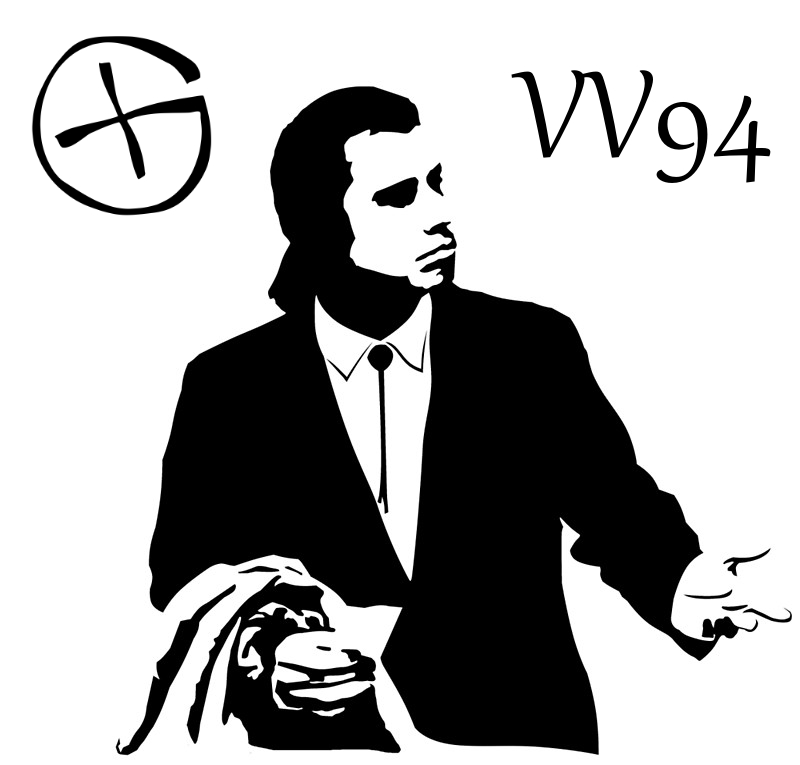

Tutti i torinesi sono passati accanto all'obelisco, ma pochi sanno che fu eretto per celebrare una legge che aboliva i privilegi ecclesiastici.
In piazza Savoia, a uno degli ingressi del Quadrilatero Romano (qui vicino c'era infatti la porta Susina o Seguisina), sorge un obelisco ben noto a tutti i torinesi. Almeno apparentemente: forse anche a causa del ristretto spazio intorno a esso, capita infatti raramente di fermarsi a osservarlo bene da vicino, e per lo più ci si passa accanto in auto o in pullman.
La storia di questo obelisco affonda le sue origini in un pacchetto di leggi che venne promulgato dal Regno di Sardegna nel 1850 e che regolamentava il rapporto tra Stato e Chiesa: erano le cosiddette leggi Siccardi, la prima del 9 aprile 1850 e la seconda del 5 giugno dello stesso anno.
In un certo senso, le leggi realizzate dal ministro della giustizia piemontese Giuseppe Siccardi possono essere considerate “anticlericali” perché abolirono alcuni privilegi goduti fino ad allora dal clero cattolico: in particolare il foro cattolico, il diritto di asilo e la manomorta (che indica l'inalienabilità dei possedimenti cattolici da parte dello Stato).
All'epoca e fino al 1860 la piazza si chiamava piazza Paesana perché vicina al Palazzo Saluzzo di Paesana in via della Consolata; poi cambiò nome e fu dedicata alla regione francese (e non alla dinastia sabauda). Nel 1851 la Gazzetta del Popolo sostenne l'iniziativa di creare un monumento per celebrare queste leggi, e l'obelisco fu progettato dal pittore Luigi Quarenghi. All'inizio i sostenitori volevano collocare l'obelisco in piazza Carignano, ma poi d'accordo col municipio si scelse la collocazione che conserva ancora oggi (e che ha mantenuto nonostante alcuni bombardamenti durante la seconda guerra mondiale che l'hanno fatto vacillare).
Una collocazione fortemente simbolica, a pochi passi dal Santuario della Consolata e anche dal Palazzo Barolo dove viveva la cattolica Giulia Falletti di Barolo. L'inaugurazione avvenne il 4 marzo 1853, come si legge anche in un'epigrafe incisa sull'obelisco che ne spiega l'origine: “Abolito da Legge IX Aprile MDCCCL il Foro ecclesiastico, popolo e municipio posero IV Marzo MDCCCLIII”. Il foro ecclesiastico a cui si fa riferimento era un tribunale che sottraeva alla giustizia dello Stato gli uomini di Chiesa per le cause civili e anche per i reati comuni (compresi quelli di sangue).

L’obelisco nasconde un segreto. Sotto la stele il municipio di Torino fece seppellire una cassa contenente: i numeri 141 e 142 della Gazzetta del Popolo stampati nel 1850 con gli articoli inerenti la costruzione dell’obelisco stesso, monete preziose, un chilo di riso, una bottiglia di vino Barbera e dei grissini torinesi: una sorta di piccola e curiosa scatola del tempo.



All the Turinese have passed near the obelisk, but few know that it was erected to celebrate a law that abolished ecclesiastical privileges.
In Piazza Savoia, at one of the entrances of the Quadrilatero Romano (near here there was the Porta Susina or Seguisina), stands an obelisk well known to all the people of Turin. At least apparently: perhaps even because of the limited space around it, it rarely happens to stop and observe it closely, and most of the time you pass by car or bus.
The history of this obelisk has its origins in a package of laws that was promulgated by the Regno of Sardegna in 1850 and which regulated the relationship between the State and the Church: these were the Siccardi laws, the first of April 9, 1850 and the second on June of the same year.
The laws implemented by the Piedmontese minister of justice Giuseppe Siccardi can be considered "anticlerical" because they abolished some privileges enjoyed up to then by the Catholic clergy: in particular the Catholic forum, the right to asylum and the "manomorta" (which indicates the inalienability of Catholic possessions by the State).
At the time and until 1860 the square was called Piazza Paesana because it was near the Palazzo Saluzzo in Paesana in via della Consolata; then it changed its name and was dedicated to the French region (and not to the Savoy dynasty). In 1851 the Gazzetta del Popolo supported the initiative to create a monument to celebrate these laws, and the obelisk was designed by the painter Luigi Quarenghi. At the beginning the supporters wanted to place the obelisk in Piazza Carignano, but then in agreement with the municipality chose the location that still retains today (and which has maintained despite some bombardments during the Second World War that have made it waver).
A highly symbolic location, a few steps from the Consolata Sanctuary and also from the Barolo Palace where the Catholic Giulia Falletti di Barolo lived. The inauguration took place on March 4, 1853, as we also read in an epigraph engraved on the obelisk that explains its origin: "Abolished by Law IX April MDCCCL the ecclesiastical forum, people and town hall IV March MDCCCLIII". The ecclesiastical forum referred to was a court that subtracted the men of the Church from the justice of the State for civil cases and also for common crimes (including those of blood).
The obelisk hide a secret. Under the stele, the town hall of Turin buryed a box containing: the numbers 141 and 142 of the Gazzetta del Popolo printed in 1850 with the articles relating to the construction of the obelisk itself, precious coins, a kilo of rice, a bottle of Barbera wine and of Turin breadsticks: a sort of small and curious time box.
